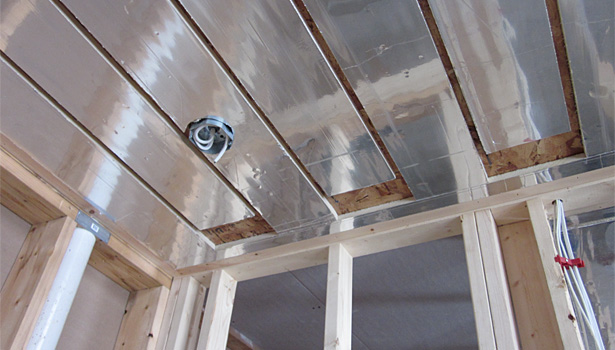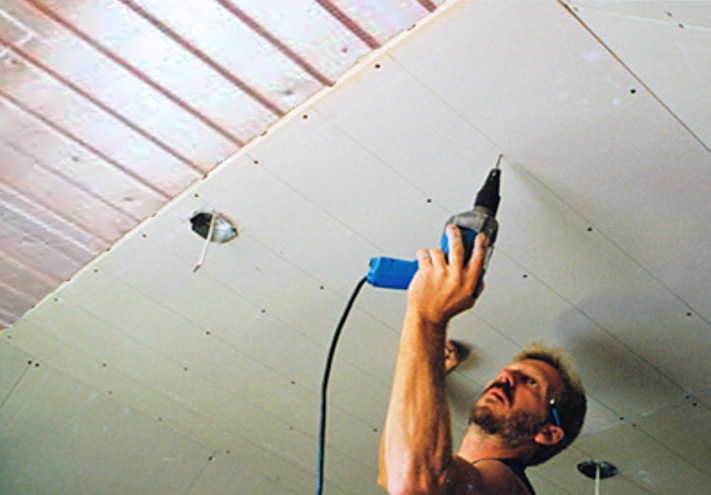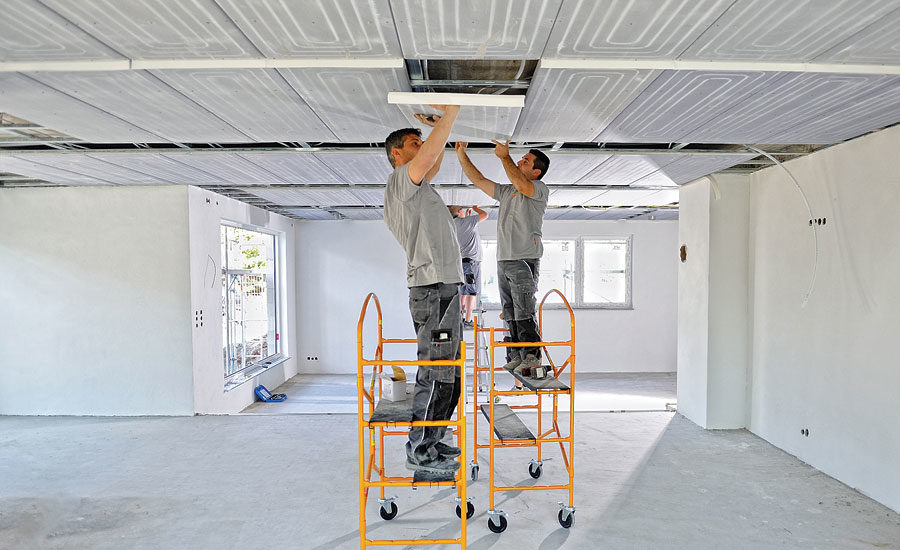Are you experiencing issues with your radiant ceiling heating system? From uneven heating to thermostat malfunctions, radiant ceiling heat problems can be frustrating to deal with. In this guide, we’ll delve into the most common issues homeowners face with radiant ceiling heat and explore practical solutions to resolve them.

Understanding Radiant Ceiling Heat Problems
What Is Radiant Ceiling Heating?
Radiant ceiling heating is a heating system installed within the ceiling structure of a building. It works by emitting infrared radiation, which heats the objects and surfaces in a room, providing consistent and comfortable warmth.
Common Radiant Ceiling Heat Problems
- Uneven Heating: One of the most common issues with radiant ceiling heating is uneven heating throughout the space. Certain areas may feel colder or warmer than others, leading to discomfort for occupants.
- Thermostat Malfunction: A malfunctioning thermostat can result in inaccurate temperature readings or failure to regulate the heating system properly. This can lead to fluctuations in room temperature and reduced energy efficiency.
- Leaks in Heating Pipes: If your radiant ceiling heating system utilizes water-filled pipes embedded in the ceiling, leaks in these pipes can occur over time, leading to water damage and reduced heating efficiency.
- Insufficient Insulation: Poor insulation in the ceiling or walls can result in heat loss, reducing the effectiveness of the radiant ceiling heating system and increasing energy consumption.
Troubleshooting Radiant Ceiling Heat Problems
1. Addressing Uneven Heating
- Check for Obstructions: Ensure that furniture, curtains, or other objects are not obstructing the flow of heat from the ceiling panels.
- Balance the System: Adjust the flow of hot water or electricity to different zones of the radiant ceiling heating system to achieve more uniform heating.
2. Rectifying Thermostat Issues
- Calibration: Calibrate the thermostat to ensure accurate temperature readings and proper functioning.
- Replace Batteries: If your thermostat is battery-operated, replace the batteries regularly to prevent malfunctions.
3. Repairing Leaks in Heating Pipes
- Visual Inspection: Inspect the ceiling for signs of water damage or leaks. If leaks are detected, contact a professional plumber to repair or replace the damaged pipes.
4. Improving Insulation
- Add Insulation: Enhance the insulation in the ceiling and walls to minimize heat loss and improve the efficiency of the radiant ceiling heating system.
Read too: Discovering the Charm of Nautical Outdoor Ceiling Fans for Your Coastal Retreat: Sail into Style
Conclusion
By understanding the common radiant ceiling heat problems and implementing the appropriate troubleshooting steps, you can ensure optimal performance and comfort from your heating system. Whether it’s addressing uneven heating or repairing thermostat malfunctions, proactive maintenance and timely repairs are key to keeping your radiant ceiling heating system running smoothly.


